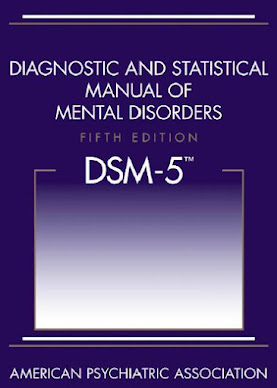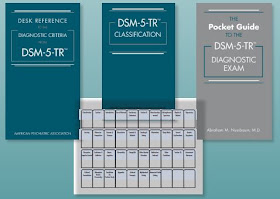Global Mental Health Law / Legal Awareness, Information and Resources
“A vast amount of psychiatric effort has been, and continues to be, devoted to legal and quasi-legal activities. In my opinion, the only certain result has been the aggrandizement of psychiatry. The value to the legal profession and to society as a whole of psychiatric help in administering the criminal law, is, to say the least, uncertain. Perhaps society has been injured, rather than helped, by the furor psychodiagnosticus and psychotherapeuticus in criminology which it invited, fostered, and tolerated.”
― Thomas Stephen Szasz
“The acknowledgement of having suffered evil is the greatest step forward in mental health.” ― Stefan Molyneux
Human Rights and Mental Health
Mental Health Law / Legislation
International Mental Health Law
International Mental Health Law refers to legal frameworks and agreements that govern the rights and treatment of individuals with mental health conditions at the international level. These laws and agreements aim to protect the rights and dignity of people with mental health issues, promote access to mental healthcare, and prevent discrimination based on mental health status. While there is no single comprehensive international mental health law, several international instruments address mental health-related issues. Here are some key aspects and examples:1. Human Rights Framework: The Universal Declaration of Human Rights (UDHR) and other international human rights instruments form the foundation of mental health law. They emphasize the rights to life, liberty, security, privacy, non-discrimination, and access to healthcare for individuals with mental health conditions.
2. Convention on the Rights of Persons with Disabilities (CRPD): This United Nations (UN) treaty specifically addresses the rights of persons with disabilities, including those with psychosocial disabilities. The CRPD recognizes the rights of individuals with mental health conditions to be free from torture, cruel, inhuman, or degrading treatment, and promotes their right to access support services, inclusive healthcare, and legal capacity.
3. World Health Organization (WHO) Resources: The WHO provides guidance on mental health laws and policies through its Mental Health Policy and Service Guidance Package. This package includes resources on drafting mental health legislation, protecting the rights of people with mental disorders, and promoting community-based mental healthcare.
4. Regional Agreements: Regional bodies, such as the European Union (EU), the African Union (AU), and the Inter-American Commission on Human Rights (IACHR), have developed regional agreements and initiatives to address mental health issues within their respective regions. These agreements may include provisions on mental health promotion, access to treatment, and protection against discrimination.
5. Mental Health Advocacy and Non-Governmental Organizations (NGOs): Numerous NGOs and advocacy groups work at the international level to promote mental health rights, raise awareness, and influence policy development. These organizations play a vital role in advocating for improved mental health laws and ensuring their implementation.
It's important to note that the implementation and enforcement of international mental health laws may vary across countries. National governments are responsible for translating these international frameworks into domestic laws and policies that are tailored to their specific contexts.
If you are seeking detailed information on mental health laws in a particular country, it is advisable to consult the specific domestic legislation, regulations, and resources related to mental health within that jurisdiction, as these may vary widely." (Source: ChatGPT: 2023)
DSM-5 and the Law – Changes and Challenges AAPL
Global Mental Health Law and the Interface with Ethics Springer
International Academy of Law and Mental Health AILMH
International Human Rights and Mental Health Legislation ResearchGate
Mental health and the law: An overview and need to develop and strengthen the discipline of Forensic Psychiatry in India Indian Journal of Psychiatry
Guidance on Mental Health, Human Rights, and Legislation OHCHR
Human Rights-Based Approaches to Mental Health: A Review of Programs HHR
Human rights in Mental Healthcare; A Review of current Global Situation Taylor & Francis
Human Rights in Trauma Mental Health Stanford University
International Academy of Law and Mental Health AILMH
International Journal of Law and Psychiatry Science Direct
International Journal of Mental Health and Capacity Law Mental Health Law Online
International standards on the Right to Physical and Mental Health United Nations
Mental Health Law: International Legal Standards and Human Rights Legal Dialogue
Mental Health Parity in the Global Health and Development Agenda World Bank Blogs
Mental Health Law in the Community: Thinking about Africa BMC
Mental Health Diagnoses and DSM-5 in the Legal System Michael MacIntyre Psychiatry
Mental Health Legislation PDF Document by MK Funk
Mental Health Scotland Scottish Human Rights Commission
New WHO guidance seeks to put an end to human rights violations in mental health care WHO
Promoting Rights-Based Policy & Law for Mental Health WHO
The DSM-5 and Criminal Defense: When Does a
Diagnosis Make a Difference? Utah Law Review
Reform of Mental Health Services: an urgent need and a Human Rights Imperative Council of Europe
How Human Rights Help Those With Mental Health Issues - Video










